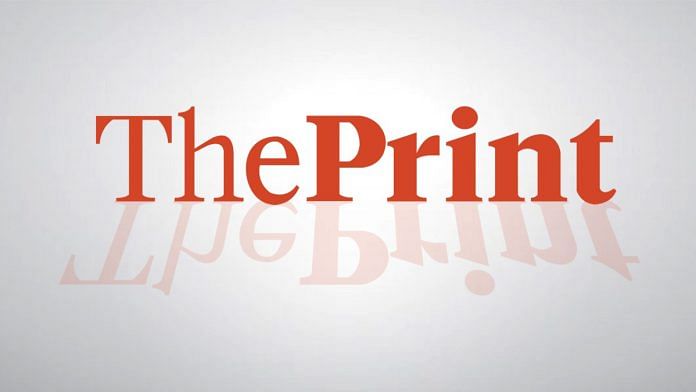By Thomas Peter and Aleksandar Vasovic
ZAPORIZHZHIA (Reuters) -About 25 miles (40 km) from a slowly advancing Russian frontline, a community of Ukrainian Catholics is tending to people exiled from occupied territory to the country’s eastern city of Zaporizhzhia.
Church members deliver humanitarian aid to Ukrainian troops and villages near the frontline and nuns offer comfort to families and especially children fleeing the war.
“When kids come, especially little ones, they feel safe and cling to us, needing hugs and warmth. New kids always need that embrace,” said Sister Lukia Murashko, the mother superior at Zaporizhzhia’s Order of Saint Basil the Great monastery.
The monastery provides a cheerful environment adorned with Ukrainian flags and greeting cards from soldiers. In June, Sister Lukia and two other nuns made a cake for the 15th birthday of Evhen, a boy who fled the occupied city of Melitopol with his mother and now lives in a drab hostel in Zaporizhzhia.
The Ukrainian Greek Catholic Church, a Ukrainian denomination loyal to the Vatican named for its rites similar to eastern Orthodox churches, has over 4 million followers in Ukraine and is the country’s largest branch of Catholicism.
Orthodox Christianity remains the most popular religion but has declined during the past decade amid tensions over ties to Moscow. Meanwhile, the Catholic Church has grown and its followers now make up 12% of the population, according to a 2024 study by the Razumkov Centre, a Ukrainian think-tank.
Catholicism is traditionally predominant in Ukraine’s West, but has been growing in the East of the country, much of which Russia claims as its own, including lands it occupied in 2014 and in the 2022 full-scale invasion.
Moscow does not control Zaporizhzhia city and it has become a centre for internally displaced Ukrainians from occupied territories. With membership growing, the wooden St. Volodymyr chapel is getting an extension in the city, where Roman Catholicism also has a small presence.
During a visit in June, about two dozen faithful and three priests in gold-brocade vestments observed a Divine Liturgy conducted by Father Andriy Bukhvak in the chapel, most of them among the displaced.
After Russia occupied most of Zaporizhzhia region in 2022, it installed an administration that banned the Ukrainian Catholic Church and Catholic charities in a December 6, 2022 decree, saying they worked in the interests of foreign intelligence services and stored weapons.
The decree accused parishioners of participating “in riots and anti-Russian rallies in March-April 2022.”
The office of the Russia-installed governor of the occupied area of Zaporizhzhia region did not immediately respond to a detailed request for comment.
Father Oleksandr Bohomaz, 36, served in Melitopol, a coastal city in Zaporizhzhia region, for nine months after Russia took the town on March 1 that year along with two other priests, caring for four parishes and faithful who could not flee after authorities cracked down on the church there, he said.
“We travelled around, serving as much as possible until they eventually deported us,” he told Reuters.
During his time under occupation, he said, the authorities stormed church services, collecting fingerprints from worshippers. In December 2022, he was interrogated and taken to a checkpoint where he was told to cross to the territory under Ukrainian control.
Other Catholic priests in the Zaporizhzhia region suffered harsher treatment.
In November 2022, Russia’s troops raided a Greek Catholic church in Berdiansk, a city about 100 km along the coast from Melitopol.
Two priests, Ivan Levitsky and Bohdan Geleta, were arrested on illegal weapons charges. They were not freed until a June 2024 exchange of Ukrainian and Russian prisoners, according to a December 2024 report by the U.N. Human Rights Monitoring Mission in Ukraine. The church denied the weapons charges.
HOLY STRIFE
Religion has become intertwined with the war. In Moscow, the Russian Orthodox Church’s Patriarch Kirill has given his blessing to the invasion of Ukraine, which he calls a Holy War
Last August, Ukrainian authorities banned the branch of Ukrainian Orthodox Church loyal to Moscow and in 2023 placed its leader, Patriarch Pavlo, under house arrest.
The International Religious Freedom and Belief Alliance (IRFBA), a U.S. State Department-backed initiative of 43 countries promoting freedom of religion, has accused Russia of widespread religious persecution in Ukraine.
In a February report, IRFBA said Russian troops had killed 67 clergy of various denominations since the beginning of the invasion of Ukraine, without giving specifics. IRFBA said more than 630 religious buildings had been damaged during the Russian occupation, including 596 Christian churches.
Reuters was unable to independently verify IRFBA’s claims, which have been repeated by Ukrainian officials. Russia’s Foreign Ministry has described the alliance’s reports as based on partisan and biased information, and said any actions were taken in accordance with the law.
The Ukrainian Catholic Donetsk Exarchate, the body of the church in much of East Ukraine, has operated in exile in Zaporizhzhia since 2014. Out of 77 parishes, 36 are under control of the Russian authorities, it said.
Stepan Meniok, 75, who was the bishop heading the Donetsk Exarchate until his retirement in 2024, said that when Russia-led separatists took over the eastern city of Donetsk in 2014 they drove him from the diocese’s seat. He settled in Zaporizhzhia.
“Many displaced people pass through here, and I’ve heard countless stories of loss: property, lives,” he said, adding he hoped for peace talks between Kyiv and Moscow.
Father Bohomaz said Russian authorities saw the Ukrainian Catholic church as a threat because it was outspoken against the occupation.
“We see our people being beaten, killed, robbed, and destroyed,” he said. “We stand with the people.”
(Reporting by Thomas Peter and Aleksandar Vasovic; Editing by Frank Jack Daniel, Alexandra Hudson)
Disclaimer: This report is auto generated from the Reuters news service. ThePrint holds no responsibility for its content.





